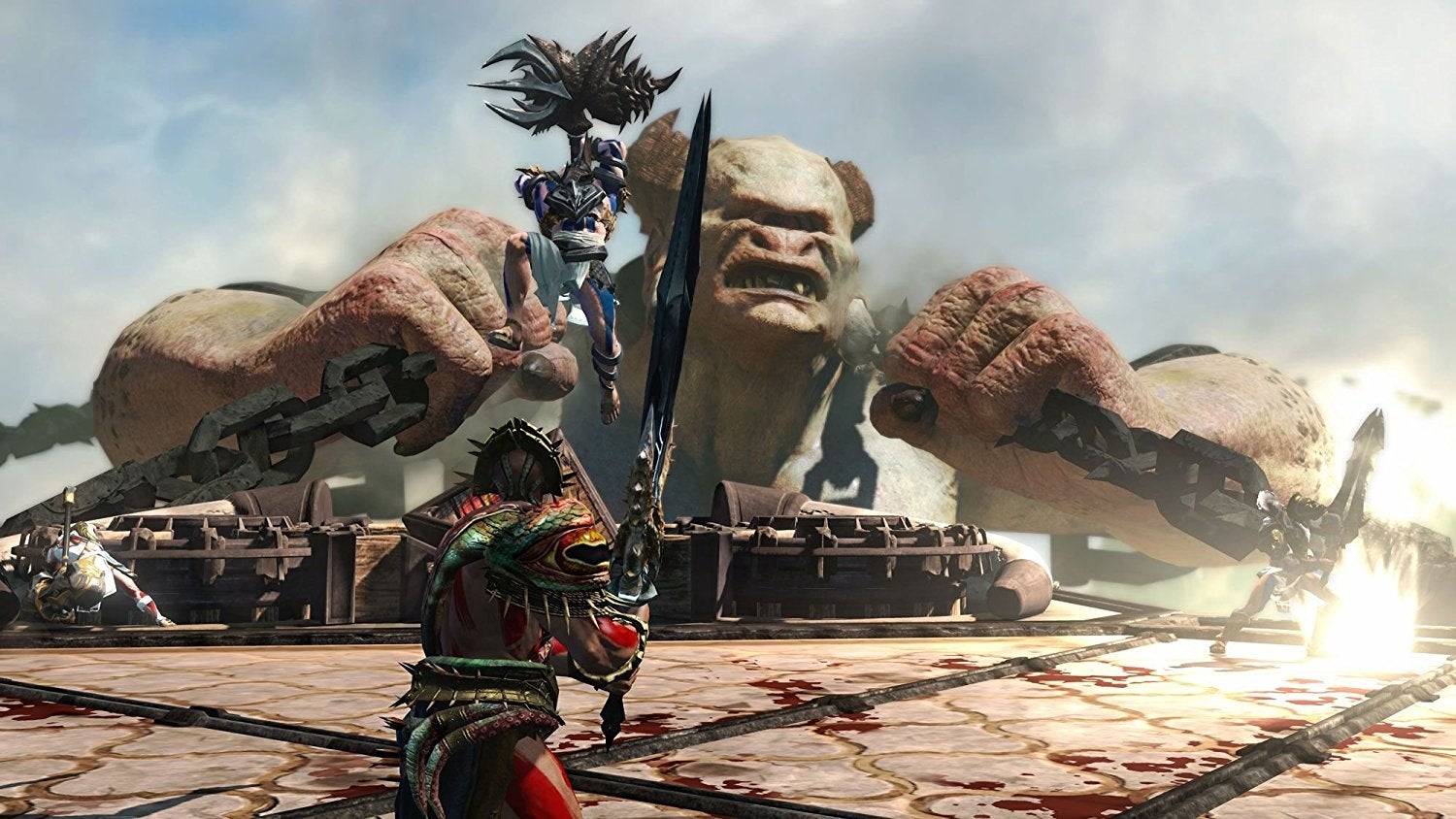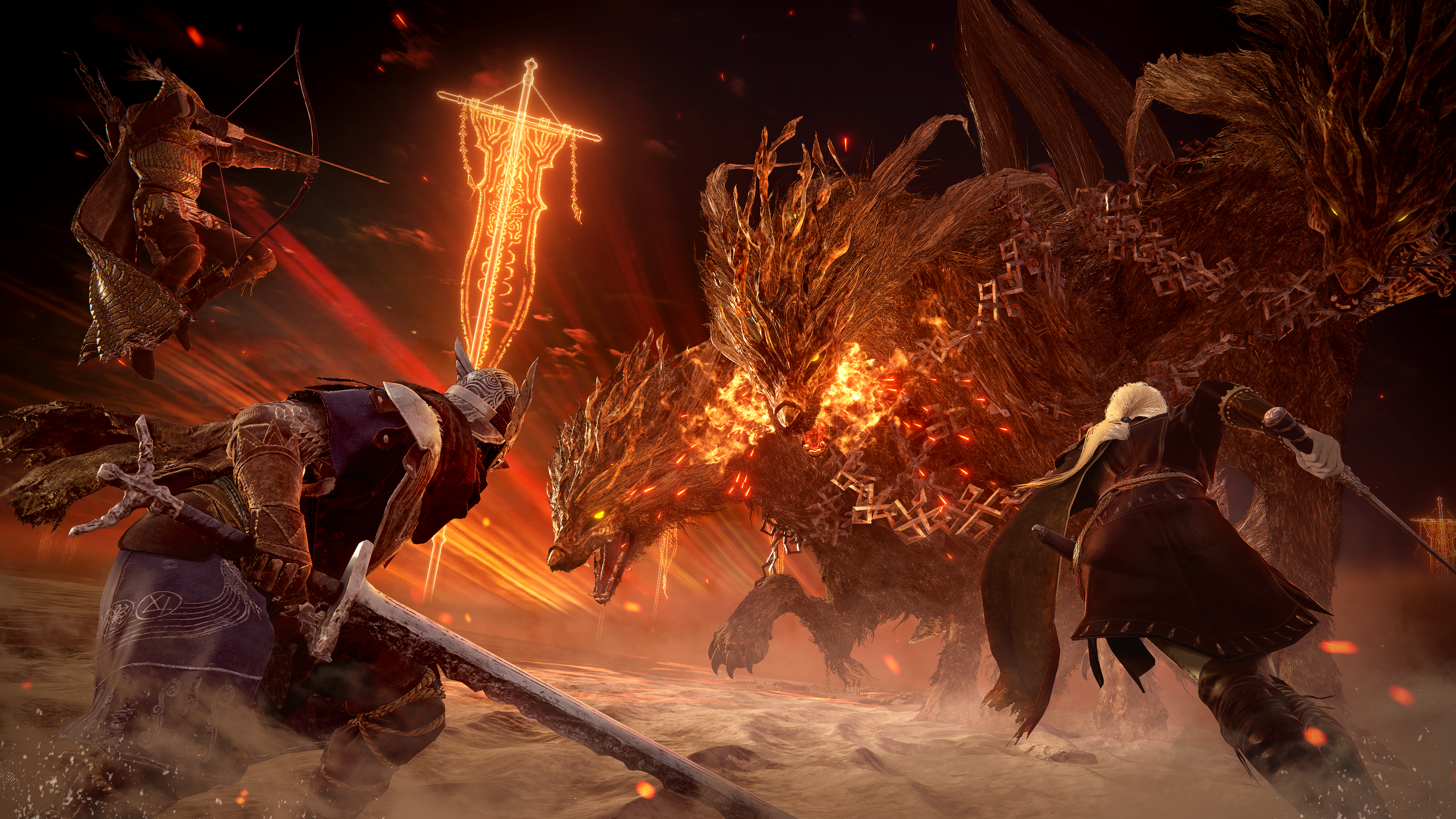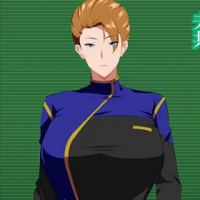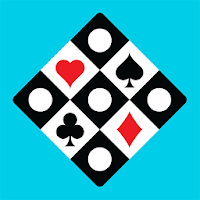This past weekend marked the first network tests for Elden Ring: Nightreign, the upcoming standalone multiplayer game branching from FromSoftware's acclaimed title. Unlike last year's Shadow of the Erdtree DLC, Nightreign shares only its namesake and visual style with Elden Ring. Instead of the open world, it adopts a streamlined survival format where three-player teams descend into shrinking maps, battling enemies and increasingly difficult bosses. This design clearly draws inspiration from the immensely popular Fortnite—a game boasting over 200 million players this month alone.
However, Nightreign bears a striking resemblance to a lesser-known, and often maligned, game: 2013's God of War: Ascension. And that's a very good thing.

Released between 2010's God of War 3 and 2018's Norse reboot, Ascension served as a prequel, preceding the original Greek mythology trilogy. It followed Kratos' struggle to break his oath with Ares. Failing to match the epic finale of the original trilogy, and attempting a formula shake-up, Ascension gained a reputation as the franchise's black sheep—a decent appetizer preceding an amazing main course. This reputation, while understandable, is somewhat unfair.
While Kratos' confrontation with the Furies in Ascension didn't reach the heights of his battle with Zeus, this prequel featured breathtaking set pieces, notably the Prison of the Damned—a labyrinthine dungeon within a colossal, immobilized, 100-armed giant. More importantly, Ascension deserves credit for introducing something novel to the franchise: multiplayer.
Within Ascension's story, players encounter a chained NPC in the Prison of the Damned who prematurely exclaims "You saved me!" before being crushed. Unlocking the multiplayer mode after this point reveals this NPC as the player character. Teleported to Olympus moments before their demise, players pledge allegiance to one of four gods—Zeus, Poseidon, Hades, or Ares—each granting unique weapons, armor, and magic. These are the tools used across five multiplayer modes, four of which are competitive PvP. The fifth mode, Trial of the Gods, is cooperative PvE—and essentially the blueprint for Elden Ring: Nightreign.
Previews of Nightreign from prominent Soulsborne YouTubers like VaatiVidya and Iron Pineapple, as well as IGN, highlight its similarities to live-service games like Fortnite. Nightreign offers randomized loot, resource management, and environmental hazards that damage players and restrict movement, increasing challenge over time. It even mirrors Fortnite's iconic drop sequence, using spirit birds to transport players to their chosen starting point.

While God of War: Ascension lacks the "where are we dropping?" element, beyond the battle royale surface, significant common ground exists between Nightreign and Ascension's Trial of the Gods. Both are co-op experiences with escalating enemy difficulty. Both unexpectedly feature bosses from previous games (Hercules from God of War 3 or the Nameless King from Dark Souls 3). Both incorporate a countdown timer (though Ascension's is pauseable). Both take place on small or shrinking maps. And both are multiplayer games from studios renowned for single-player experiences, created without oversight from their respective series creators (Hidetaka Miyazaki for Elden Ring, and David Jaffe, Cory Barlog, and Stig Asmussen for God of War: Ascension).
Nightreign evokes the same response as Ascension's Trial of the Gods. Players describe frantic, exhilarating races against the clock. Unlike the deliberate pace of the base game, Nightreign demands instinctive reactions, limiting resources and emphasizing speed. As VaatiVidya notes, this is "made in the name of speed and efficiency." For example, players gain increased running speed and jump height, compensating for the absence of Torrent.
Ascension's multiplayer adapted its single-player mechanics for faster pacing, mirroring Nightreign's approach. Increased run speed, extended jumps, automated parkour, and a grapple attack (similar to Nightreign's Wylder character) were implemented. These additions are crucial because, while combat isn't overly difficult, the sheer number of enemies in Trial of the Gods makes every second count. Players find themselves sprinting, hacking, and slashing through hordes with relentless efficiency.
AnswerSee ResultsNightreign's resemblance to Ascension is surprising, not only due to the latter's obscurity, but also because the Soulslike genre contrasts sharply with God of War. Where God of War empowers players as god-slaying warriors, Soulslike games cast players as nameless, cursed undead facing constant peril. One rarely shows a game over screen; the other relentlessly throws it in your face.
However, this challenge, once intensely frustrating in FromSoftware's earlier games, has lessened as players improved and developers introduced better tools. Nightreign, lacking access to these game-breaking builds, promises a renewed sense of challenge. Simultaneously, skilled players can experience the thrill God of War: Ascension offered: the feeling of a time-pressed, vengeful Spartan.






